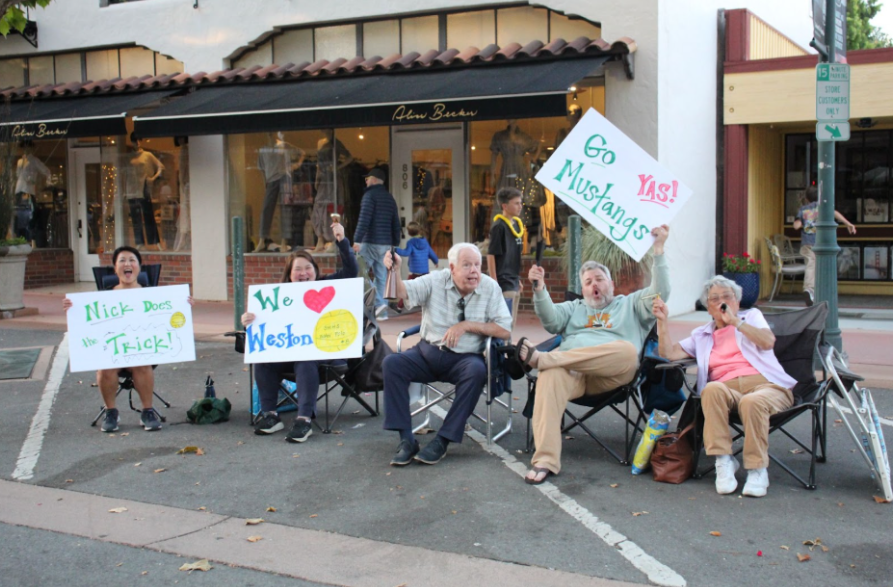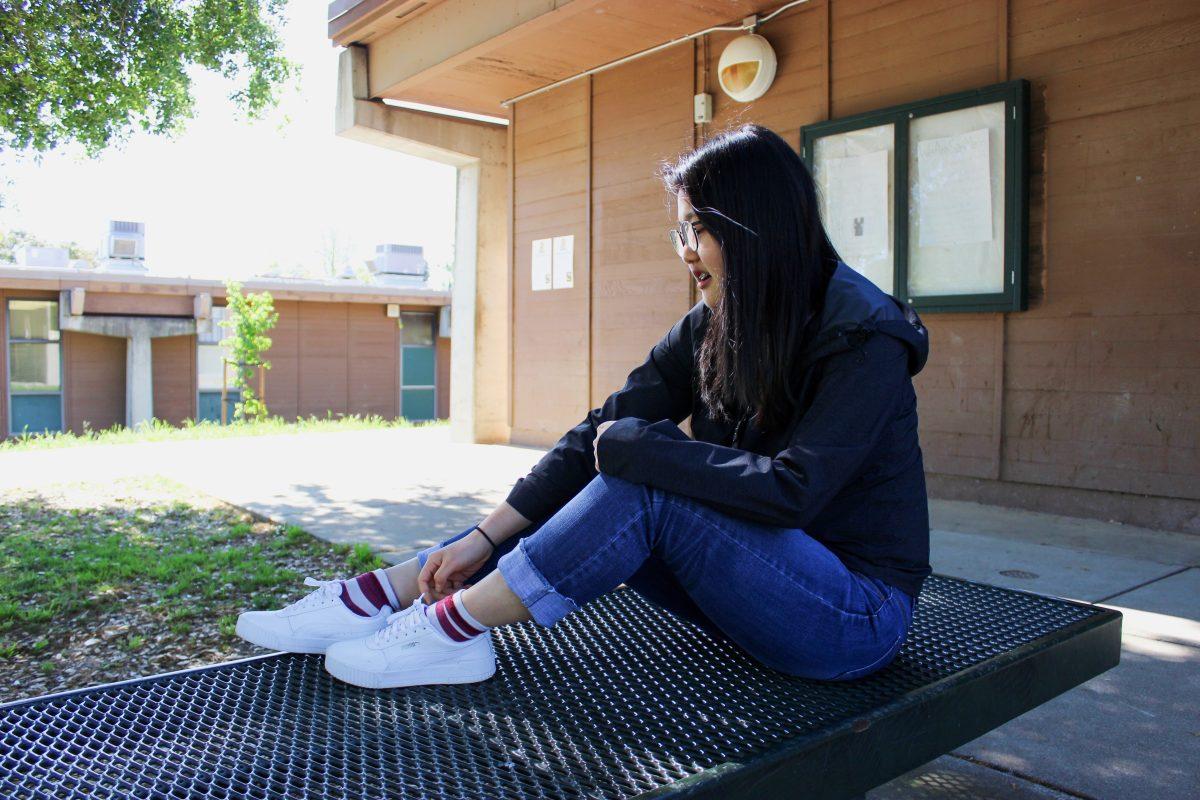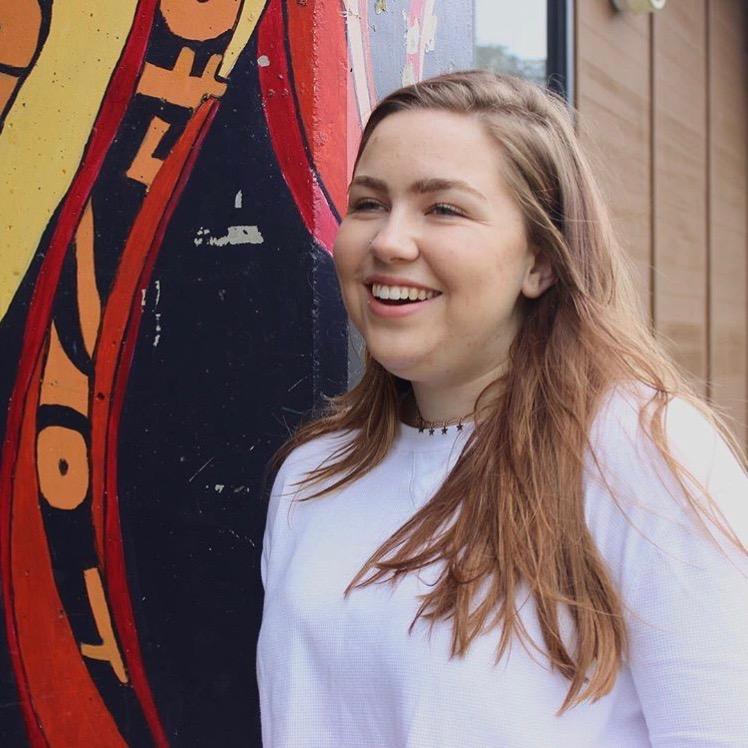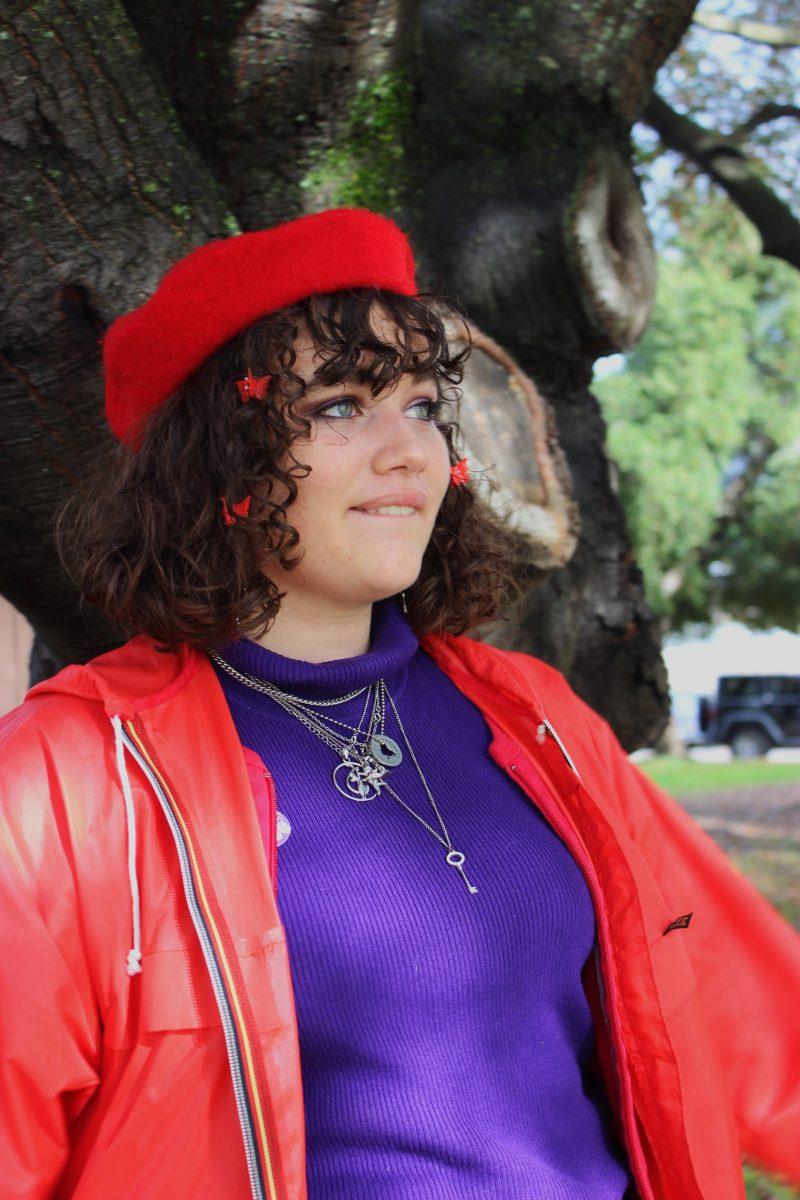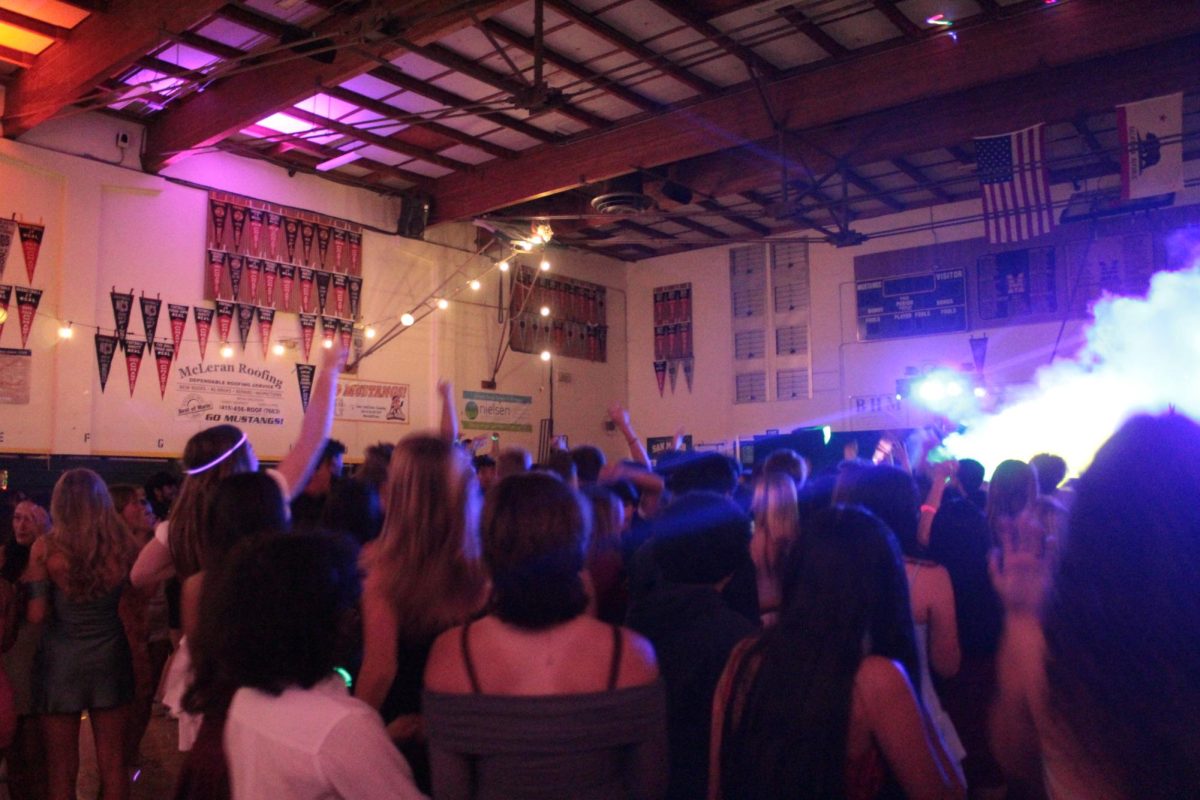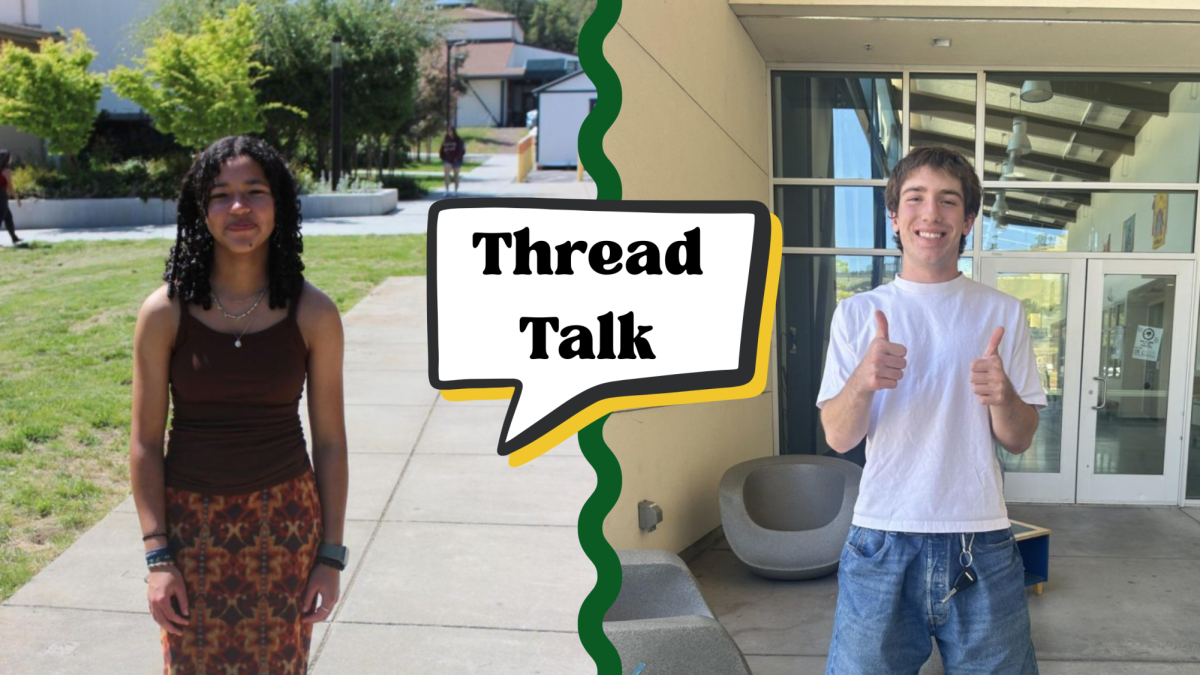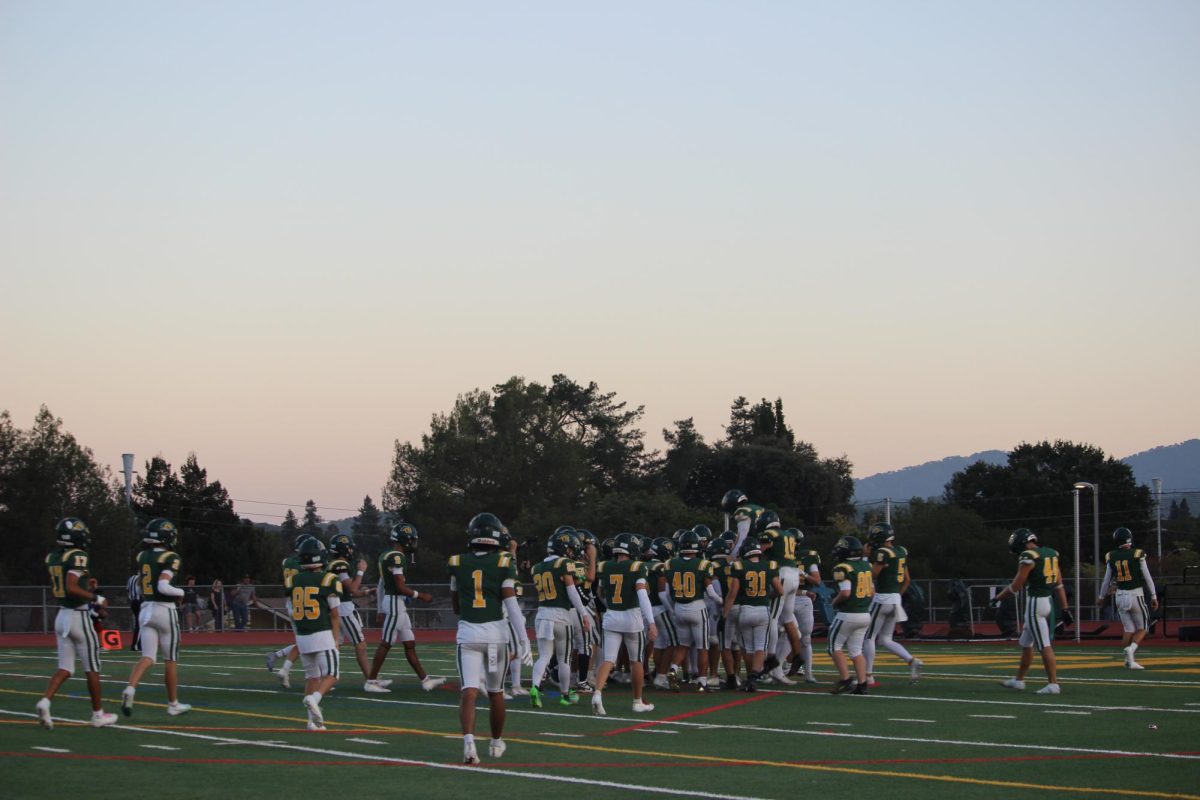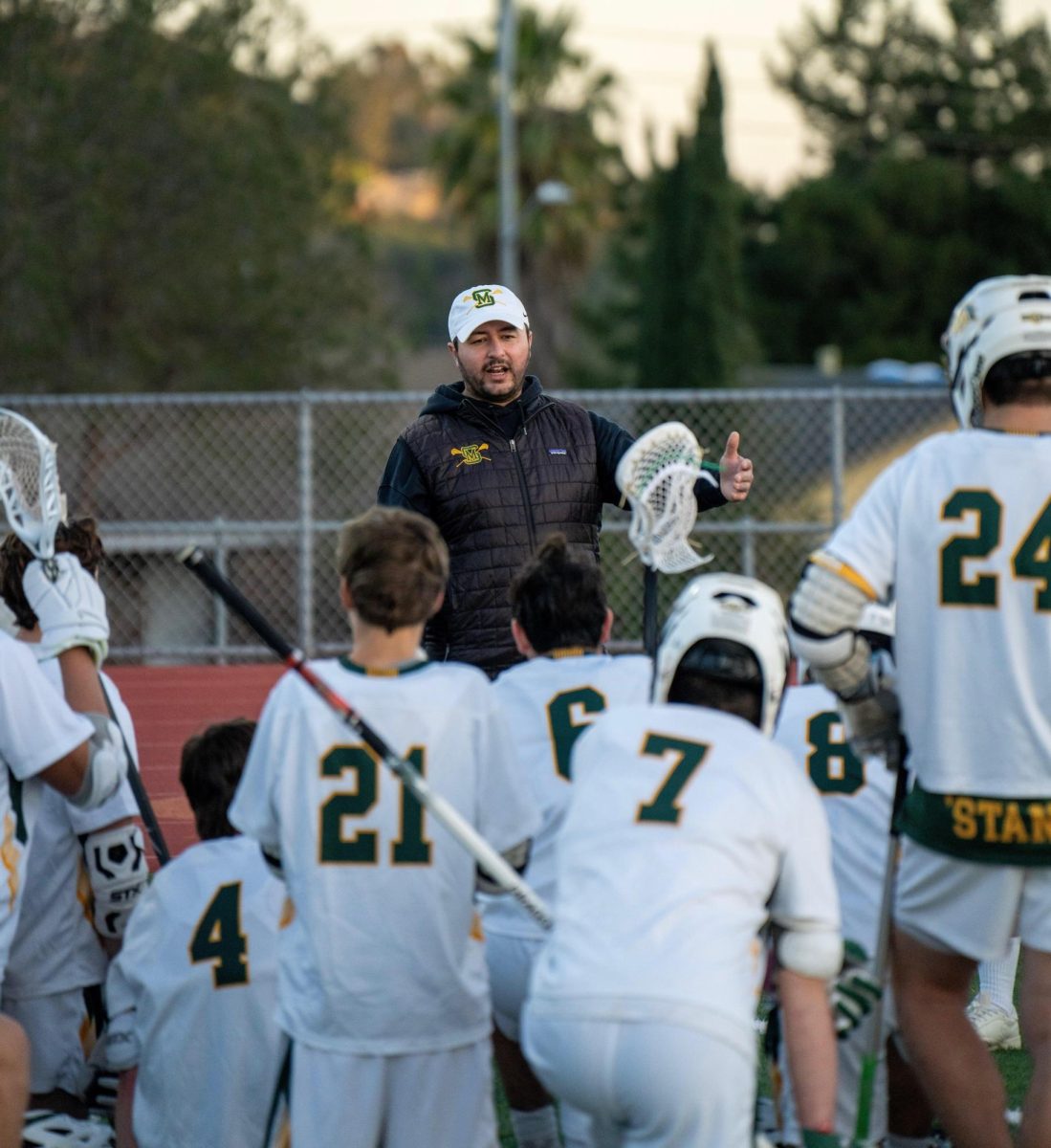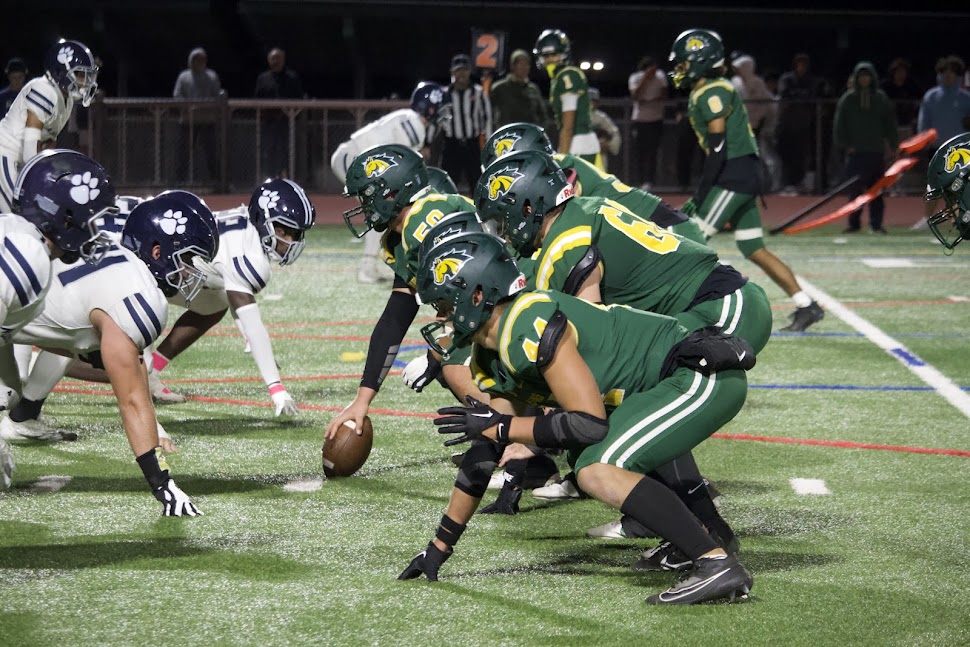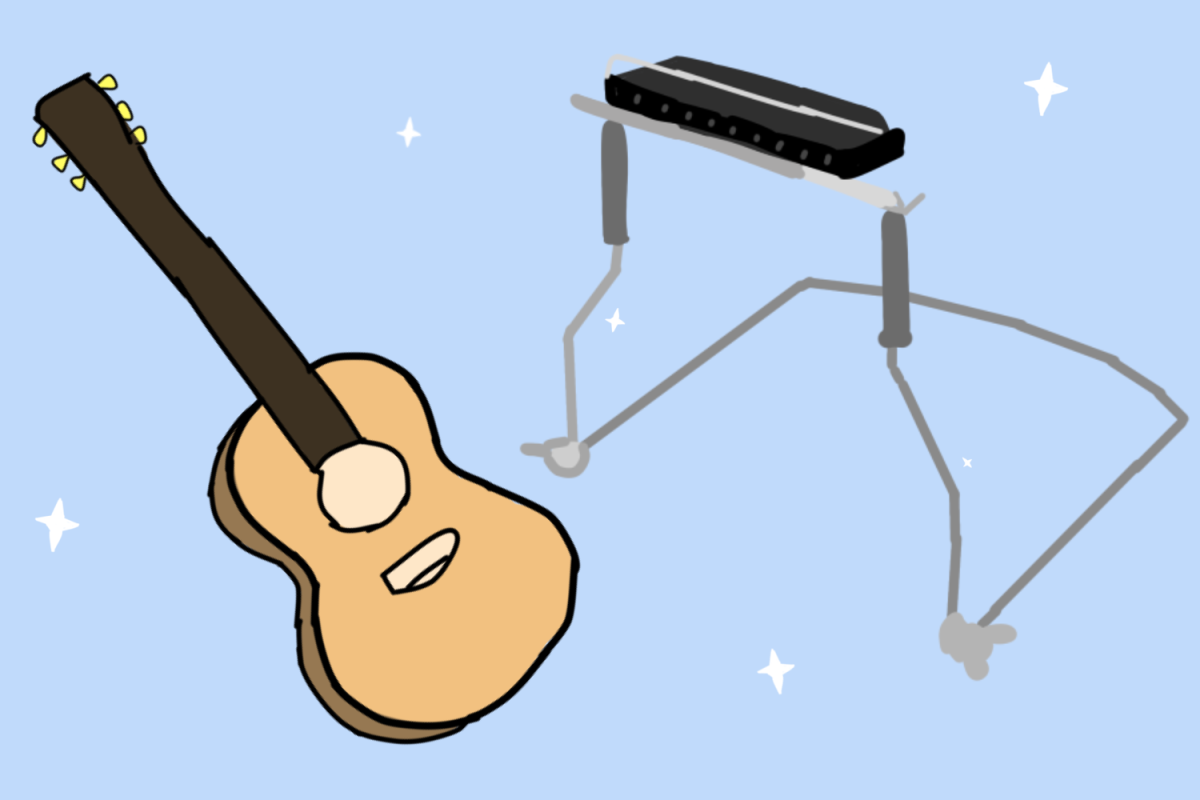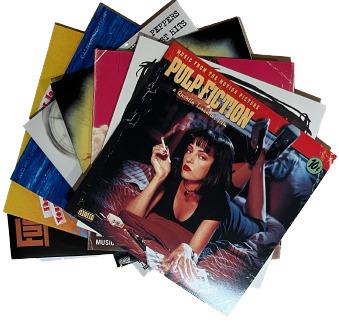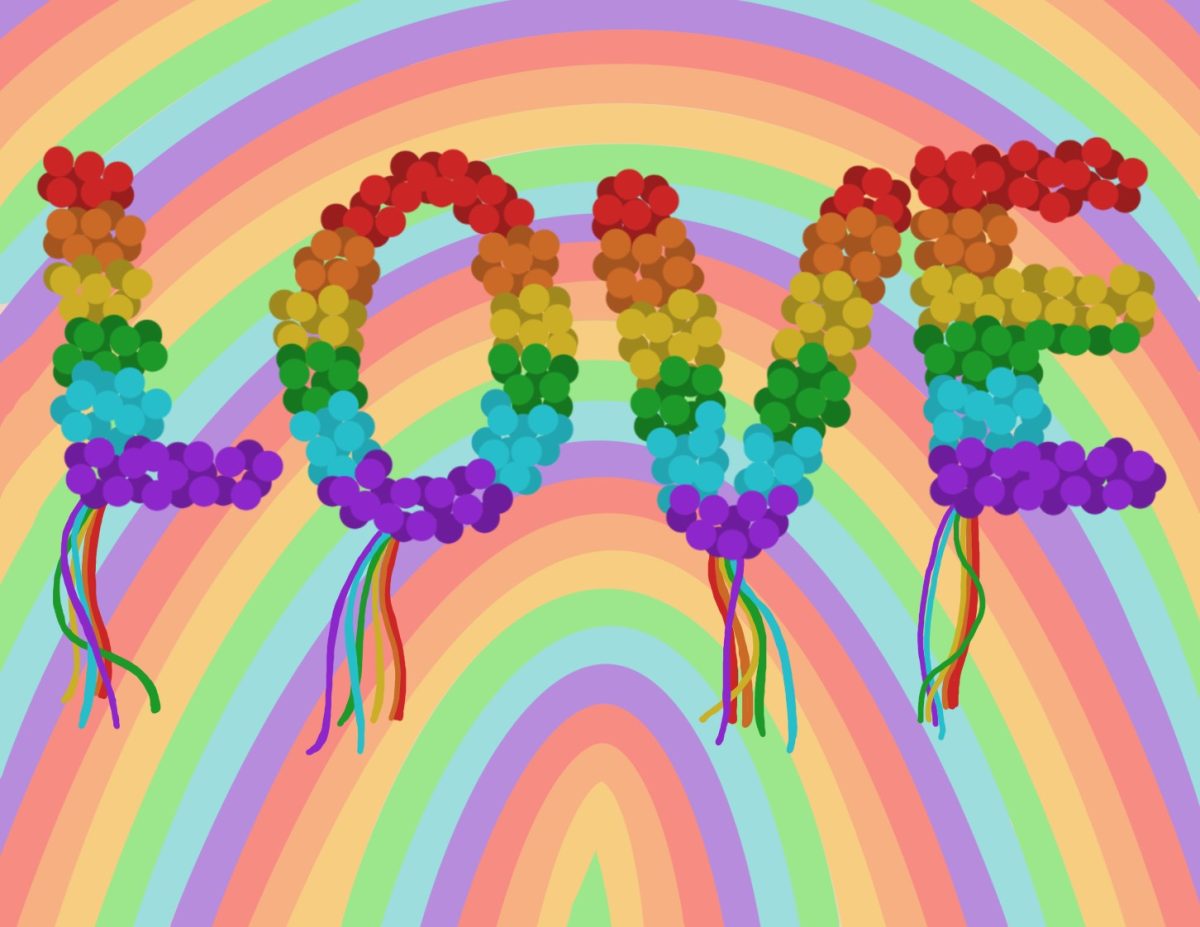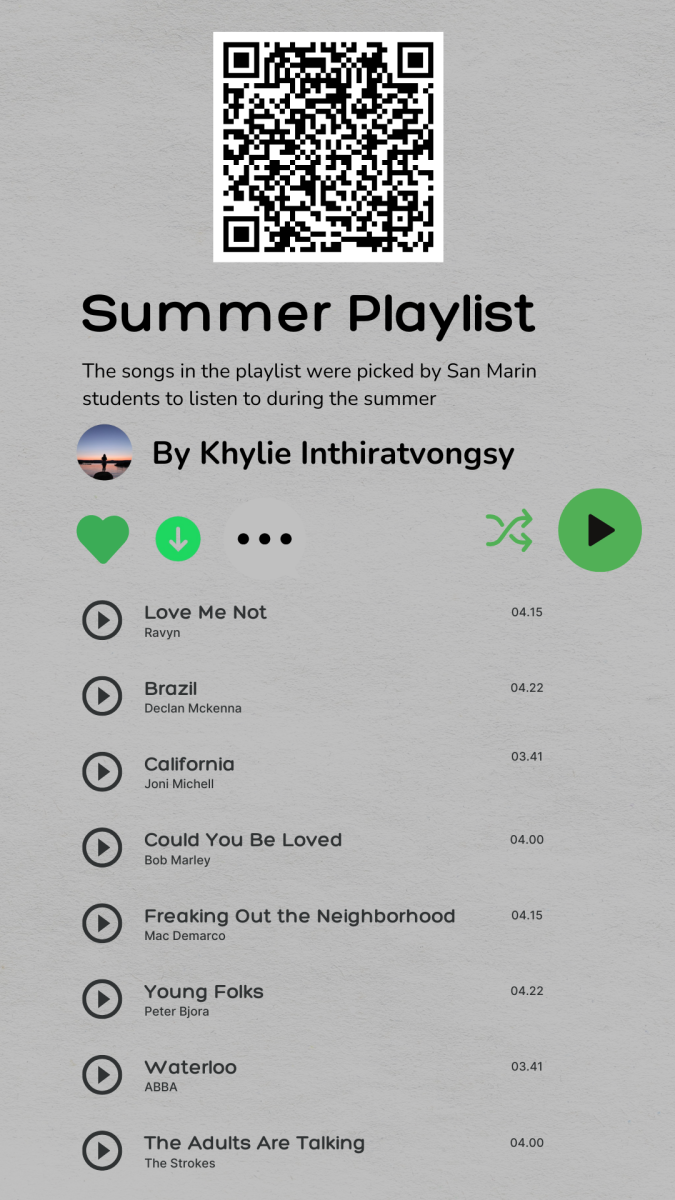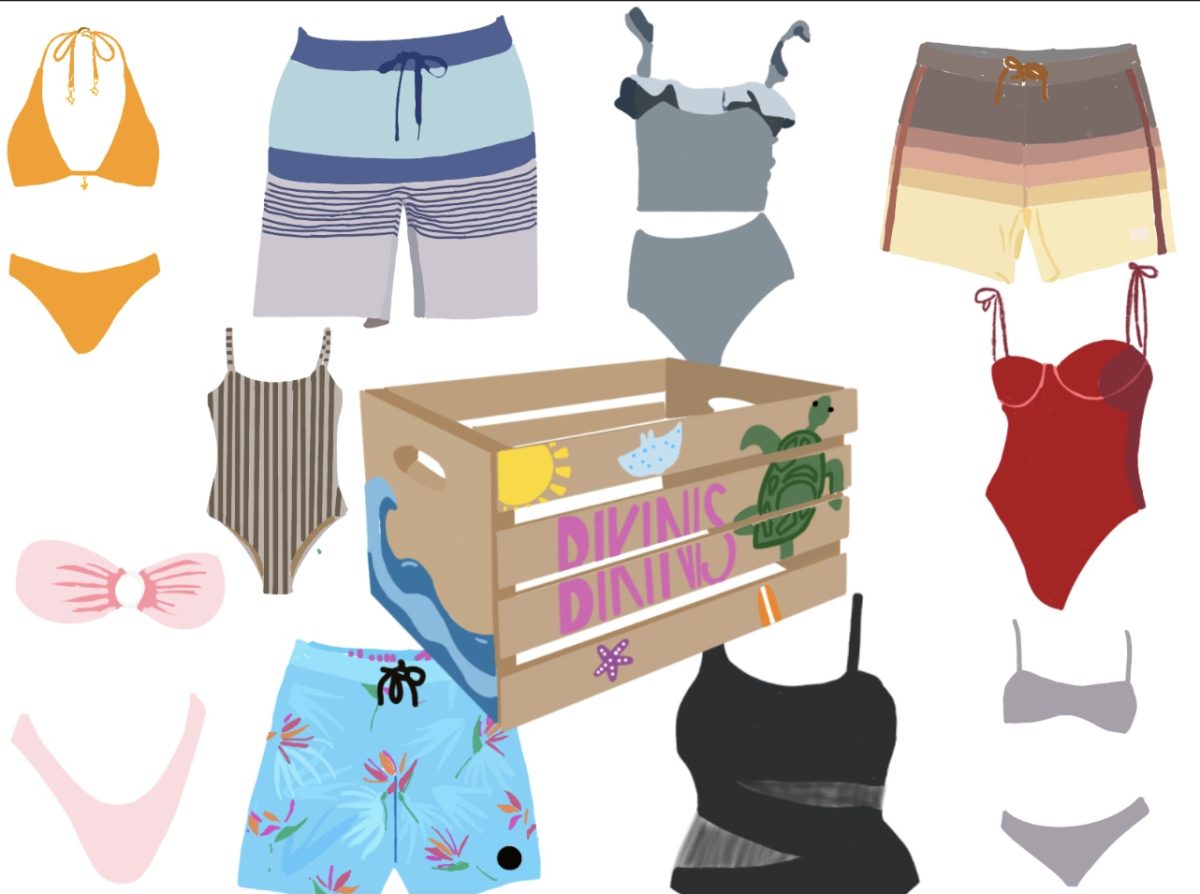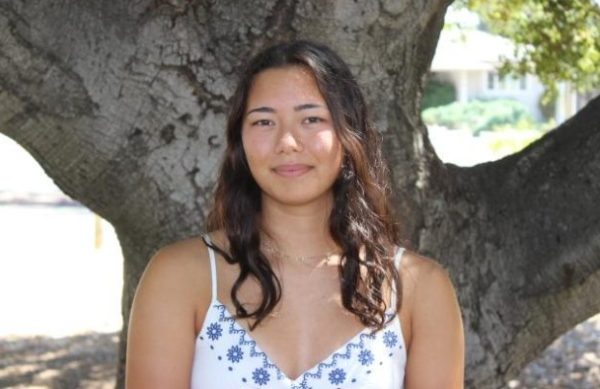While digging through your parents’ boxes labeled as “junk” in faded Sharpie, you stumble upon a treasure trove—battered hacky sacks, an answering machine with a clever message recorded, and “The Breakfast Club” on VHS—all buried under decades of dust. Teens today are embracing a nostalgia that they have never experienced, giving discarded items in thrift stores new memories to hold on to.
The camera feature of mobile phones has unexpected blast-from-the-past challengers: digital and film cameras.
Teens have sacrificed user convenience and high-resolution quality for a more authentically retro experience.
Senior Gabriella Schaumleffel has been using digital and film cameras, bought secondhand from eBay and estate sales, since 2021. She likes to bring her digital camera with her on the go to capture moments in a way that’s more special than snapping a picture on her phone.
“The quality is just so much better. They take photos where the colors are very pretty compared to a phone camera,” Schaumleffel said.
Zane Allen, the manager of the camera store Seawood Photo in San Rafael, sees an increase in the popularity of manual camera use from younger audiences.
“I think that with so much digital media and so many pictures, people want something a little bit slower, something a little more mysterious, something more tangible,” Allen said. “There is a nice aspect to film photography, that delayed gratification, because it does take you a little while to get your film processed and back.”
Schaumleffel agrees with Allen. Her film camera is saved for more special moments because of its mystery element.
“You don’t get to see them afterward, so that’s the fun in it,” Schaumleffel said. “It’s like a surprise at the end.”
Walk into any Urban Outfitters, and you’ll find a wooden shelving unit home to records from SZA, Travis Scott, Weezer, and even Elvis’ Christmas collection. However, not all teens got their influence from pop culture. Sophomore Andres Rodriguez’s passion for music comes from his grandfather, who owns hundreds of records. Rodriguez is cultivating his collection with his preferences.
“Right now I have 25-30 [records], including Childish Gambino, Cigarettes After Sex, and some rap,” Rodriguez said.
Despite the popularity of streaming apps like Spotify, teenagers have continued to use the more old-fashioned system of record players and stereos; artists have also continued to produce vinyls to take advantage of this niche audience.
“I just recently got the Travis Scott “Utopia” vinyl,” Rodriguez said. “I wasn’t aware that he’d have albums out on record because I’d just been listening to my grandpa’s old ones.”
Red Devil Records in San Rafael buys and sells new and used vinyls. Owner Barry Lazarus has noticed how vinyl is not limited to music as old as the turntable itself, but includes today’s artists as well as artists from the recent past.
“Taylor Swift, of course, hip-hop is very popular withteenagers, Lana Del Rey, Green Day,” Lazarus said. “Some buy the music their parents listen to, like classic rock.”
Allen thinks that some of the downsides of using older technology include fewer people repairing and maintaining them, and that “it’s kind of a lost art.”
Teenagers are willing to spend more than the cost of a Spotify membership on records, prioritizing the authenticity of their listening, and appreciating their visual aspects.
“It makes you feel good, music is therapeutic. People just love holding records in their hands and looking at the cover while they’re listening to the album. A big part of it is the album art,” Lazarus said.
